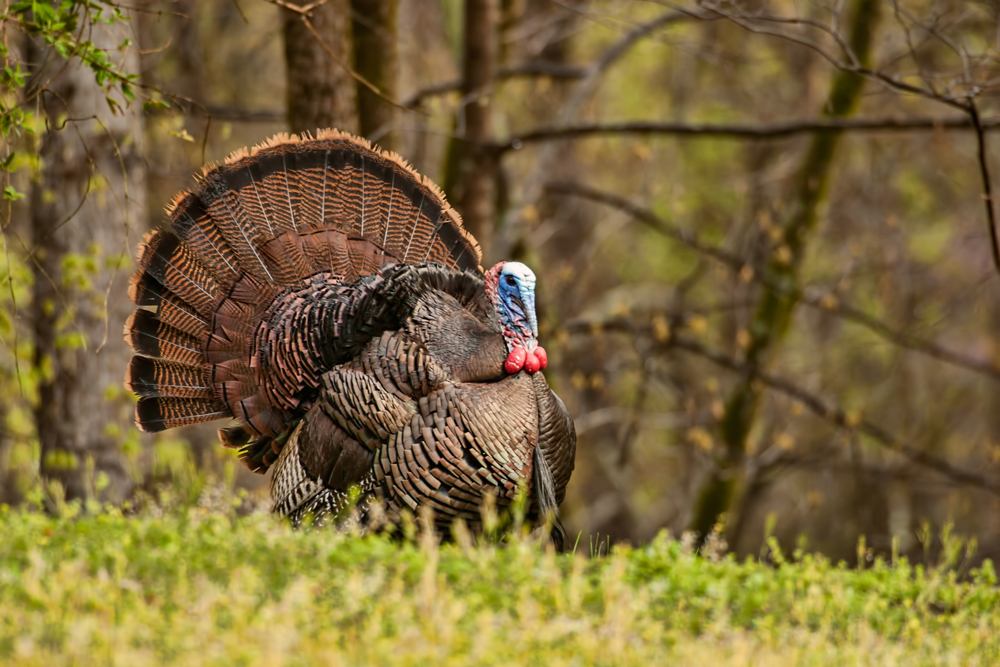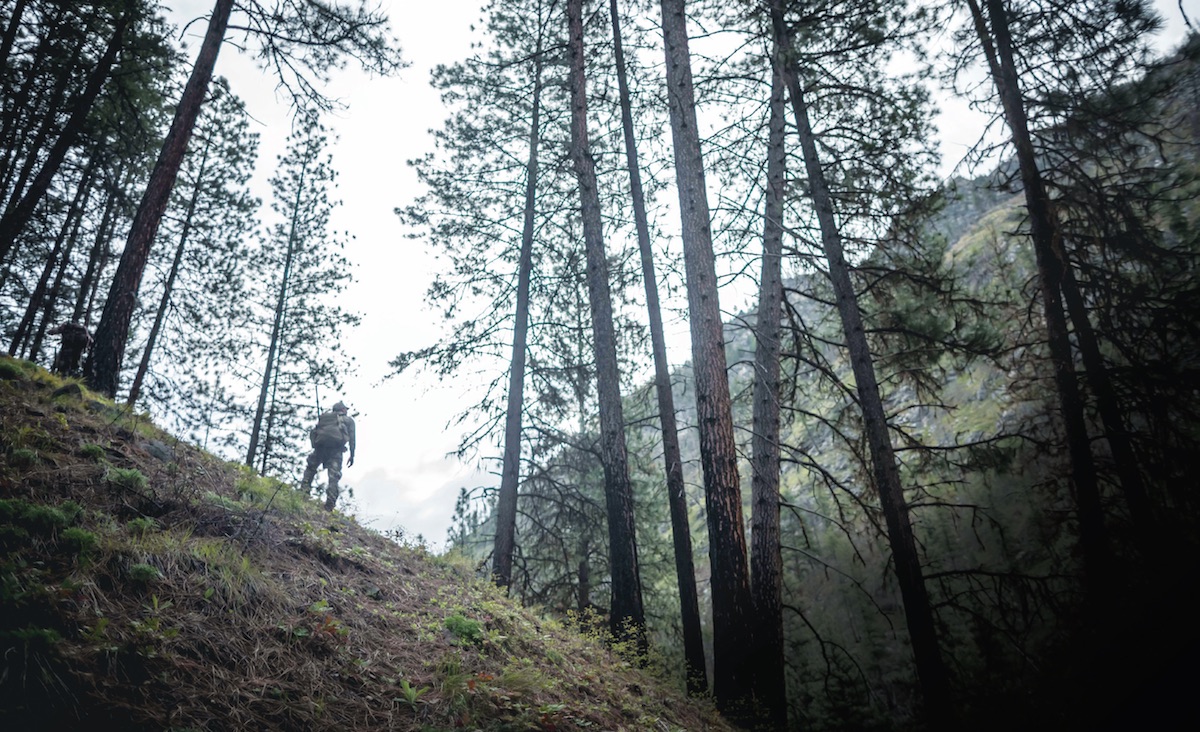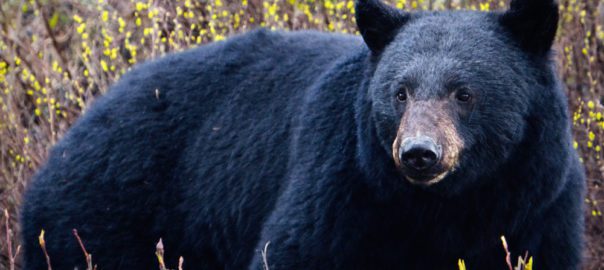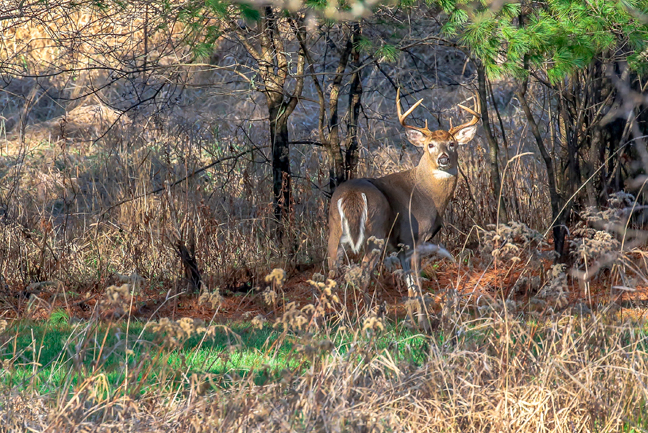Thank the Lord we have so many Eastern turkeys these days! Our season runs for a month, which means I no longer wrestle with the decision of which of the split seasons to hunt. History proved that I often zigged when I should have zagged; picking first versus second season was as reliable as a chocolate teakettle.
Paperwork for tags had to be submitted early in the year, and that made things even worse. How do you know what the spring will be like when you’re buried under several feet of snow? Sure, I studied the previous year’s weather patterns, just as I reviewed last year’s harvest counts by county and town. After that, I talked with hunting buddies, checked in with gun shops, and consulted with the Department of Fish and Game on occasion. The only truth I concluded was this: some years were better than others.
One year I selected the early season. I had hunted the previous year’s late season, and that was a bust. An early spring combined with unusually warm and dry conditions sped up the breeding cycle. By the time I hit the woods, just about all of the hens were already on their nests. The gobblers had cooled off, and when I made my first yelp, they looked away. There were bugs along the field edges to be pecked.
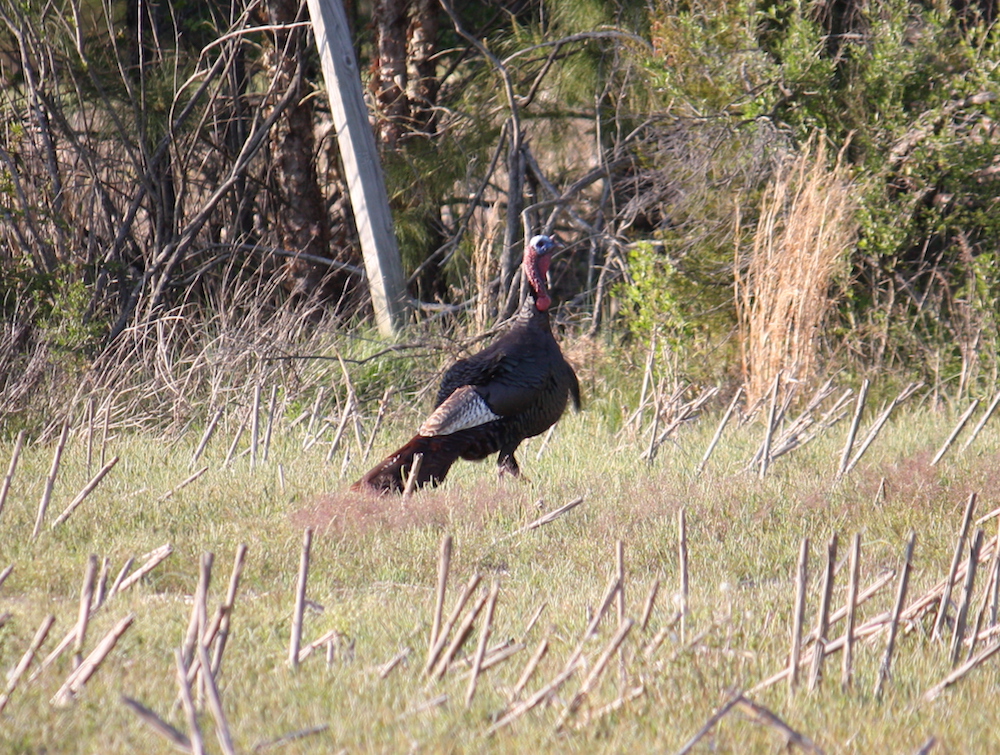
The boss is looking for love. (Photo: Tom Keer)
Harvest rates were at an all-time high during the first week, so I figured it’d be a solid bet that year. Everything looked great during recon scouting the prior week. I had birds roosted in several spots, I eyeballed a few dominant birds, and I had backup jakes, too. My camping gear was tight, my calling sounded good, and I had secured a week’s worth of vacation time. It was game on.
On my way out of my driveway to set up camp, things started to unravel. Mister Weather Man called for a week’s worth of rain. I didn’t care; I was underway, and I was sure there would be at least a few birds willing to talk. A later complication came when the winds shifted to the northeast and the temperatures dropped by a dozen degrees. Rain turned to wet snow, and then back to rain. Long johns would keep me warm, but cold, wet weather puts the squash on gobbling birds. We all know that.
The only thing I like less than upland hunting in a deluge is turkey hunting when it’s pouring. After three days of snow and rain, I moved my camp to higher ground. The swollen rivers were now above the banks, and I would have no afternoon trout fishing. Never mind dry flies to rising trout; the river water was so high, fast, and murky that I couldn’t even swing streamers along the bank. All I did was hunt in the rain and retreat to my wet camp to hang out in the rain. The last day couldn’t come fast enough.
I saw turkeys in the trees every morning, but they stayed on their roosts for most of them. When they finally flew down, they had lock jaw. I could have set up deep in the woods and ambushed one, but what’s the fun in that? The thought did cross my mind every time they walked away, though.

Maybe they’ll be interested if I play hard to get. (Photo: Tom Keer)
A glimpse of a saving grace came 40 minutes before my season’s end. A sudden high-pressure front raised the cloud ceiling, and the rain stopped. When the sun popped out, one jake responded to a yelp. I got him going, and he came into shooting range 15 minutes after legal shooting time. I didn’t get to pop a cap, but I left him all hot and bothered at least.
On my way out of town, I stopped to talk with my friend Billy. He was running the turkey check-in station. He was a big man with a beard so long he looked like he could have been the fourth guitarist for ZZ Top. He was outside all week long, with the only difference being he spent most of it in his truck.
“Last year 321 birds were harvested this same time. This week I checked in 25.”
The Pink Man made it 26. He drove up in a sedan, stood about 6’2″, and wore a white v-neck t-shirt. His shorts were of a length that seemed more appropriate for a teenage girl, and his skin was pink. He must have scrubbed himself too much in the shower, I thought.
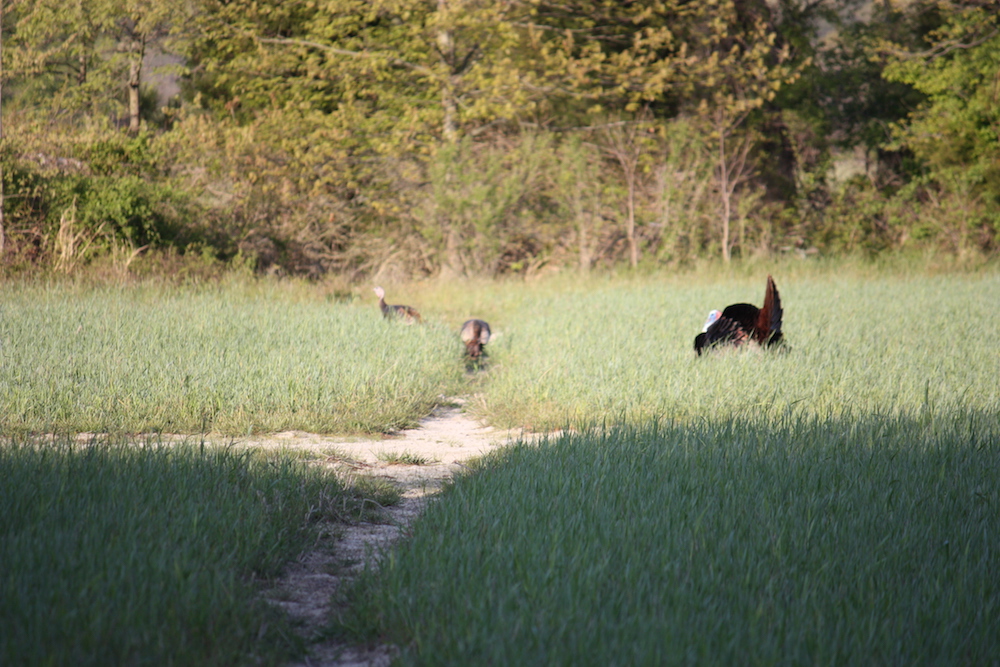
Hardly a ladies’ man, despite what he may think. (Photo: Tom Keer)
“Is this the wild turkey check-in station?” he asked. Billy nodded, and the young man opened his trunk. Out came a bird so colossally big that my jaw dropped. He hung the beast on the scale, and it bottomed out a bit over 25 pounds. The beard measured 10½ inches, and Billy registered the spurs at an honest inch and three-quarters.
It was not my time, but clearly it was his. I sucked it up, for a whopper like that deserved an audience.
“How’d you get him?” I asked. “A bird like that—gotta be a good story there.”
“Well, my alarm went off at 4 a.m., and I looked outside and saw the rain. I figured only an idiot would hunt in this kind of weather, so I went back to bed. I woke up around 9 a.m., and since it was still raining, I went to the diner for some sausage and eggs.
“Along about 10:20 I was driving around and the sun came out. This bird was in full display in the field, so I drove right up to the edge. I hadn’t planned on hunting, and just had these clothes on, but I grabbed my gun and call from the truck and snuck into the woods. I pushed on the button of a . . . what’s that thing called? You push it and it makes a yelp?”
“A Chatterbox.”
“Yeah, I pushed on the Chatterbox and this bird ran right in. I shot him at eight yards, almost in self-defense. It was just like in a video.”
Turkey hunting: If you can’t find a good story along the way, then I honestly don’t know where to tell ya to look.

Jim Casada, in what he describes as “an enduring labor of love,” provides an in-depth look at 27 giants of the turkey-hunting world, men who have made their mark and shaped turkey-hunting history dating back to its recorded beginnings. This is a book sure to appeal to anyone who rejoices in the sport and its rich, enchanting past. Buy Now

